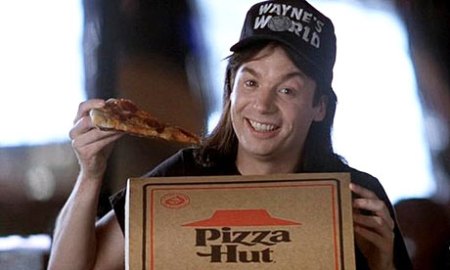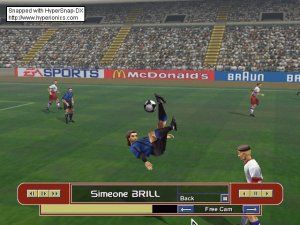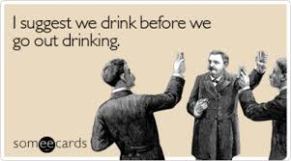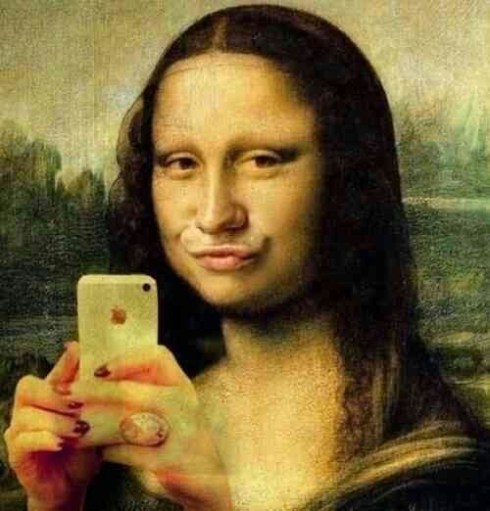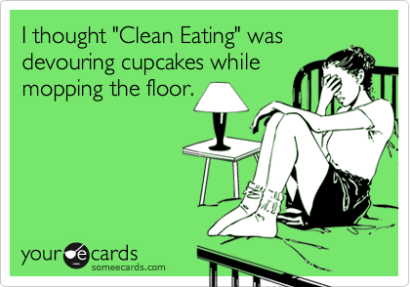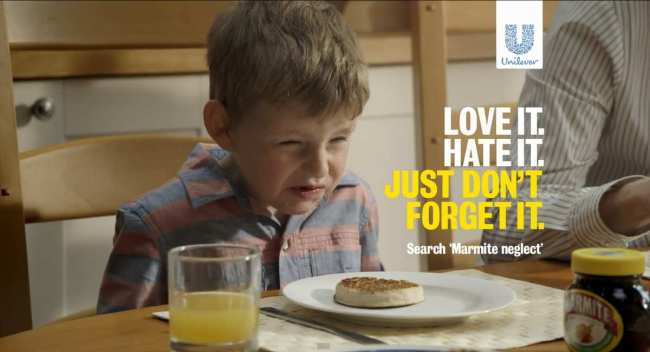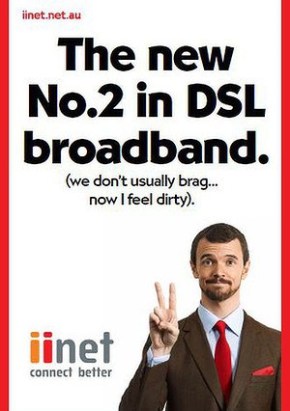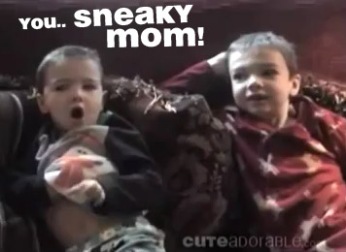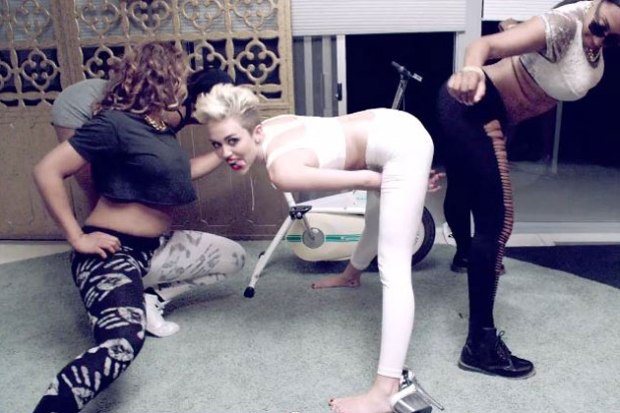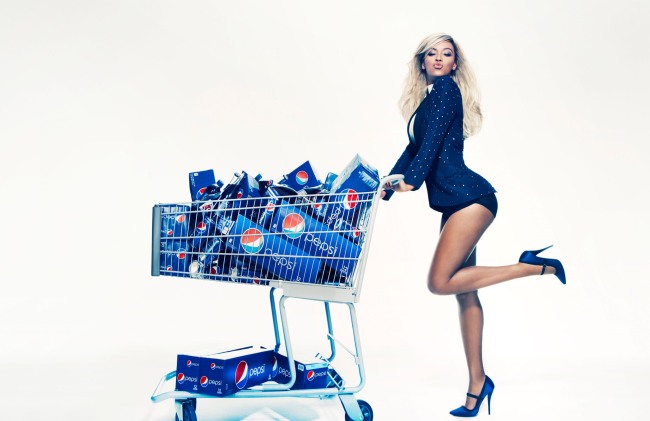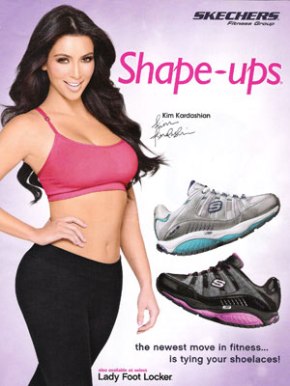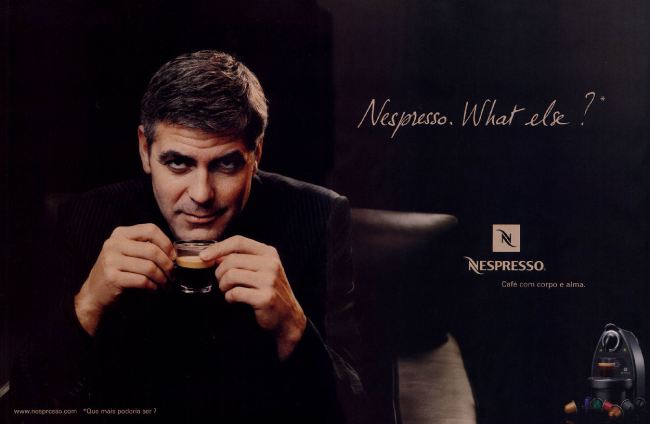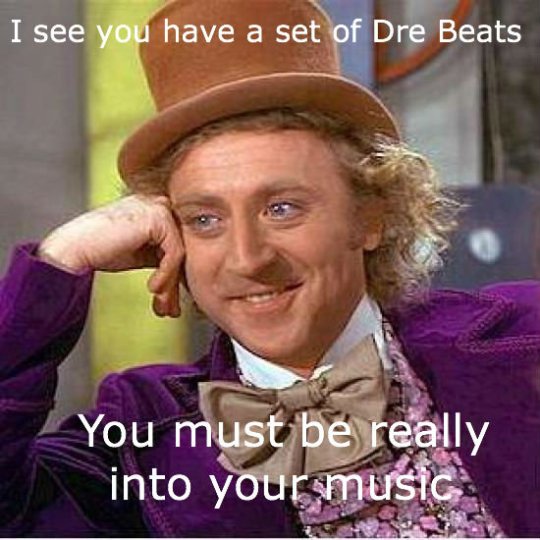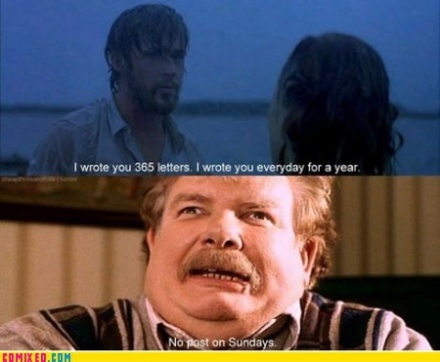until this week i never really took much notice of product placement. In my integrated marketing communications class however, we learnt about how brands use product placement in music videos. It got me thinking, surely there must be a few other communication channels in which product placement occurs.
Turns out there is.

according to my mates at wikipedia, product placement is ‘any form of audiovisual commercial communication consisting of the inclusion of or reference to a product, a service or the trade mark thereof so that it is featured within a programme’
So where you see a branded product in a audio visual presence, chances are its been paid for.
quite often we’ll see this
or this
or this
and with the web 2.0, we can now watch videos with this stuff in it all the time!
So whilst music videos, movies, and tv shows have been the dominant channels with which to explore this communication type, brands are now experimenting and pushing how far they can go, blurring the lines between music video/ tv show/ movie and advertisement.
This is supposed to be a music video for DJ group Swedish House Mafia. To me it seems more like a really long boring ad for volvo with music. But it is clever in that people want to view it because it plays the Swedish House Mafia track.
Here is another interesting piece of content which was funded by Nike’s new fuelband. The two guys in this video were asked to create a movie about what it means to #makeitcount. This hashtag is used for the Nike fuelband campiagn and the video is subtle in its product usage.
And here is another ‘episode’ like feature from Jaguar. But this does kind of start to deviate from the true representation of product placement.
Without YouTube or other online sharing sites, it is highly unlikely we would ever see these on TV or film.
If you’ve ever happened to notice Video games too tend to display a great deal of branded content.

Additionally i believe that product placement can extend to blogs, tweets and other online discussion forms. Its easy for a brand to approach an online user and ask them to mention or recommend their product in an online discussion.
So why do brands do it??
Well i believe firstly that there is relatively low risk for the brand. No one is going to get angry at sony if the product placement is too obvious in Britney’s new video. No, they would get angry at Britney for selling out!
Secondly product placement occurs in media where the content wants to be viewed and shared. everyone is dying to see the Biebs’ new video, and the more often people view, the more they are openly viewing our branded product.
So in my opinion product placement is a winner for brands and all emarketers should experiment more with how they use it. The better it is the more likely it will be shared.
Seen any really bad/ obvious product placement lately? share your experience!


